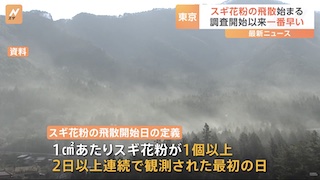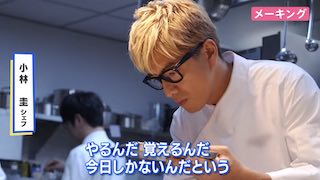TOKYO, Sep 11 (News On Japan) - Summer festivals returned to Japan's neighborhoods in many areas for the first time in four years following the COVID-19 pandemic, and they have brought inflation with them.
Yakisoba noodles are selling widely for 800 yen, almost double pre-pandemic prices, and kushikatsu beef skewers are commanding prices of 1,000 yen.
The cause is, of course, soaring costs.
In a Japan where price stability and deflation have been largely the norm over the past few decades, rising prices are having an impact.
Prices went up for over 25,000 food items in 2022, and that number will go past 30,000 as of October 2023, according to TEIKOKU DATABANK, LTD.
Festival store operators need to pass on the costs of gasoline or diesel to travel to the festival site and gas to keep burners going to cook foods like noodles. Energy prices are skyrocketing. On top of that there are labor costs, all of which are driving up the prices of festival fare.
Many consumers are responding by avoiding purchases from stalls and instead picking up their food and drinks from convenience stores. The days may be over when a child could take a single 500 yen coin and use it to buy a treat from a festival stall.
Stall operators are coming up with ideas to deal with the loss of customers. A source says that to ensure a certain degree of income, instead of paying festival organizers a fee of, say 50,000 yen to open a stall, they give them 50,000 yen worth of tickets to use at the stall. Organizers can then hand out the tickets to neighborhood associations, sponsors and others to be used for purchases at the stalls.
Summer festivals are a part of Japanese summers and Japanese culture, says FNN Prime Online. It seems likely that a visit to the festival is now going to need some acceptance of paying premium prices to enjoy them.















